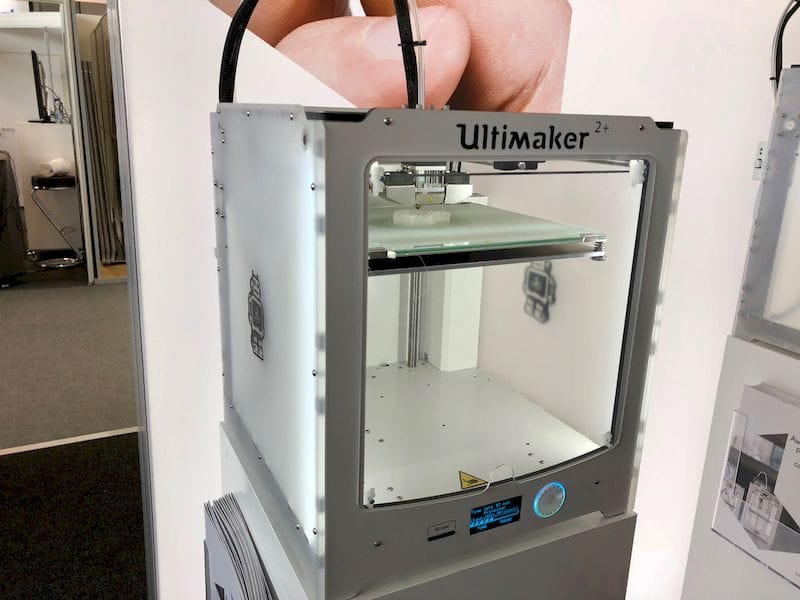
Prices are rising everywhere these days, and one has to wonder if 3D printing will follow that same path.
It is actually starting to happen. For example, I received this note from Ultimaker recently:
“Just a quick update to let you know that our prices will be increasing from April 1, 2022.
This applies to all Ultimaker 3D printers, as well as add-ons including the Ultimaker Air Managers and Material Station.”
Ultimaker is likely not the only manufacturer to raise prices, and this should not be that big a surprise.
Manufacturers everywhere have been devastated by broken supply chains and caught short on components used in their assembly processes. This has caused many manufacturers to turn to 3D printing technologies to quickly make up the shortages, and that’s been a huge benefit to our industry: many more systems have been sold to manufacturers.
Even better, those manufacturers, now exposed to 3D printing for the first time in many cases, have realized the technology could do even more for their operations and innovation activities.
But what about the 3D printer manufacturers? There are a couple of key issues that most face:
- Sources for their system components have raised prices or become inaccessible
- Certain electronic chips have become very hard to obtain, or have raised prices
- The cost of shipping containers has significantly risen
These effects vary by manufacturer. Those using their own equipment to produce their machines are generally far better off. For example, both Prusa Research and LulzBot have massive 3D printer farms to pump out parts right in their own facility.
On the other hand, you can’t 3D print all the components to a device yourself. Prusa Research even indicated at one point they were deeply challenged to obtain cardboard for boxes. Making a machine requires ALL the parts and packaging.
Companies that have largely outsourced their machine manufacturing to offshore operations are perhaps in the worst position, as the dramatically increased shipping costs (and delays) must be passed on to the customers eventually. I have a suspicion some of them may be contemplating insourcing at least some of the work, or using more regional partners.
These cost factors are not going away. In fact, there may be more added to the list, given the current conflict in Ukraine. Oil prices are rising because of this, and that cost will eventually percolate all the way through to the manufacturers, one way or another.
The result, as far as I see it, is a rise in 3D printer purchase prices in the near future from almost all providers. The degree of increase will vary, of course, because all the players are in slightly different situations. Some might see very small or even no increase. But for others I have to expect some increases, as Ultimaker has announced.
If there is a significant differential in price increases between providers, we may see a shift in buying behavior. What if your favorite machine is now 20% more pricey, while its competitor remains at its current price?
Decisions will be made.
